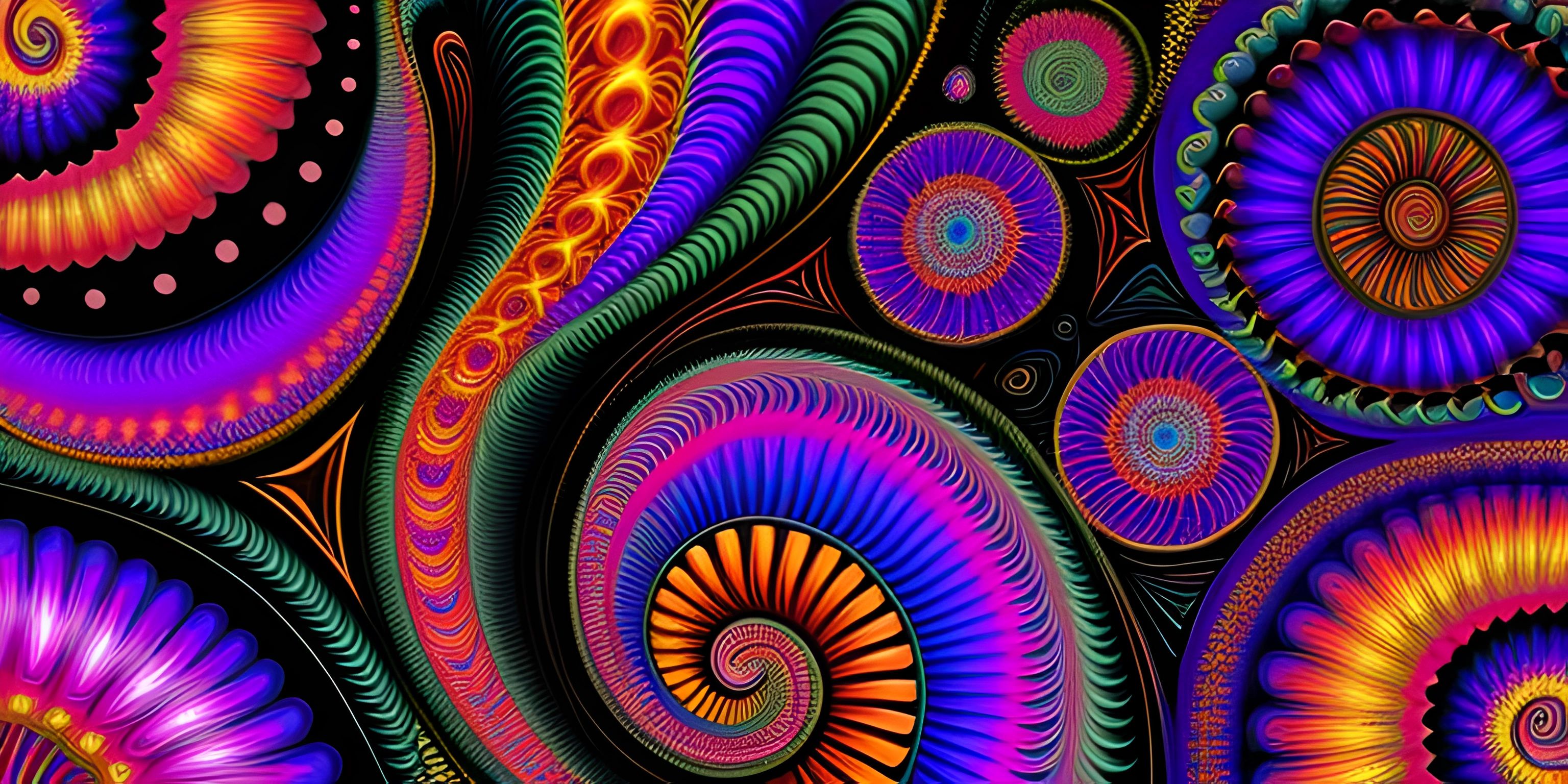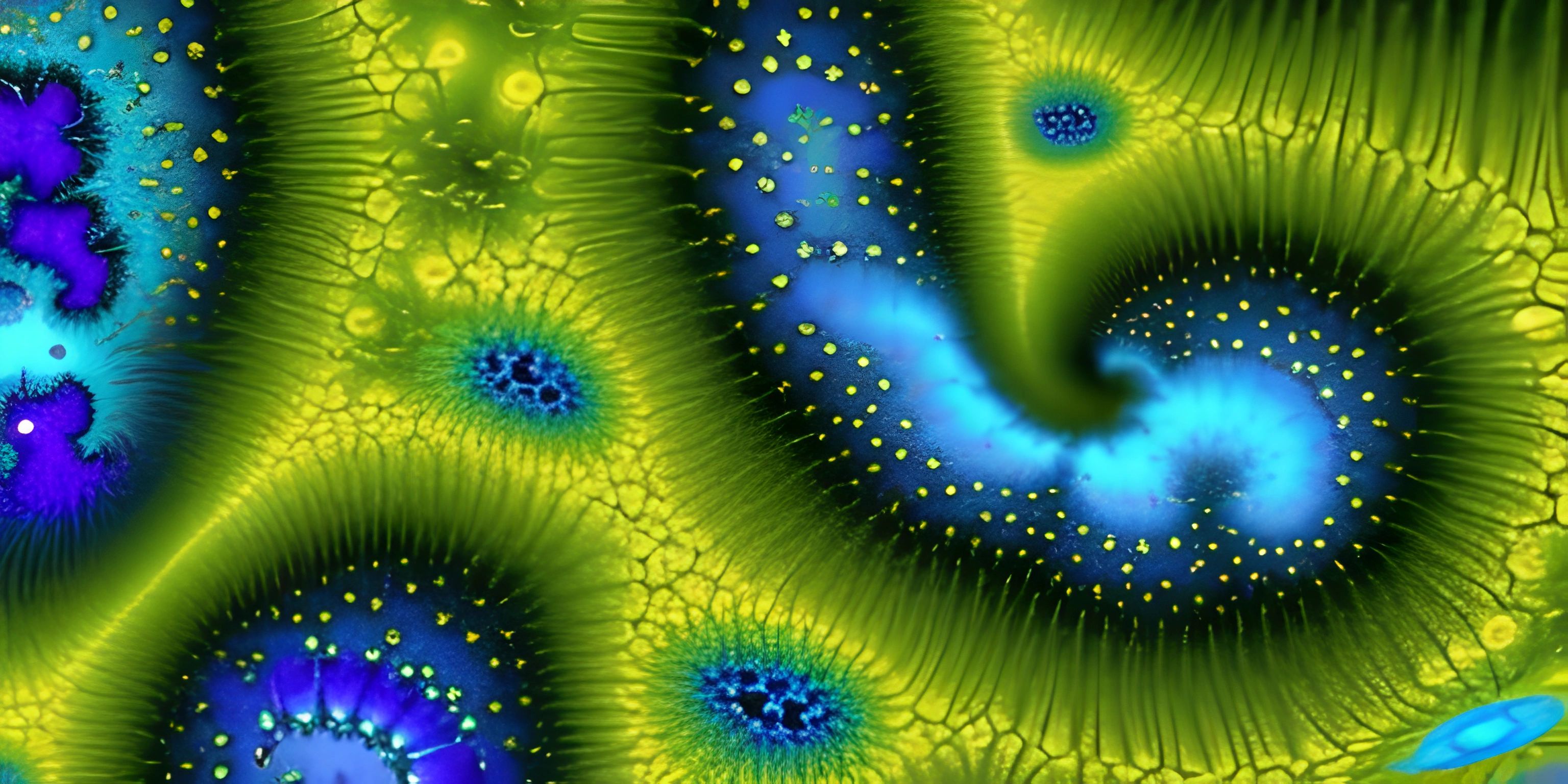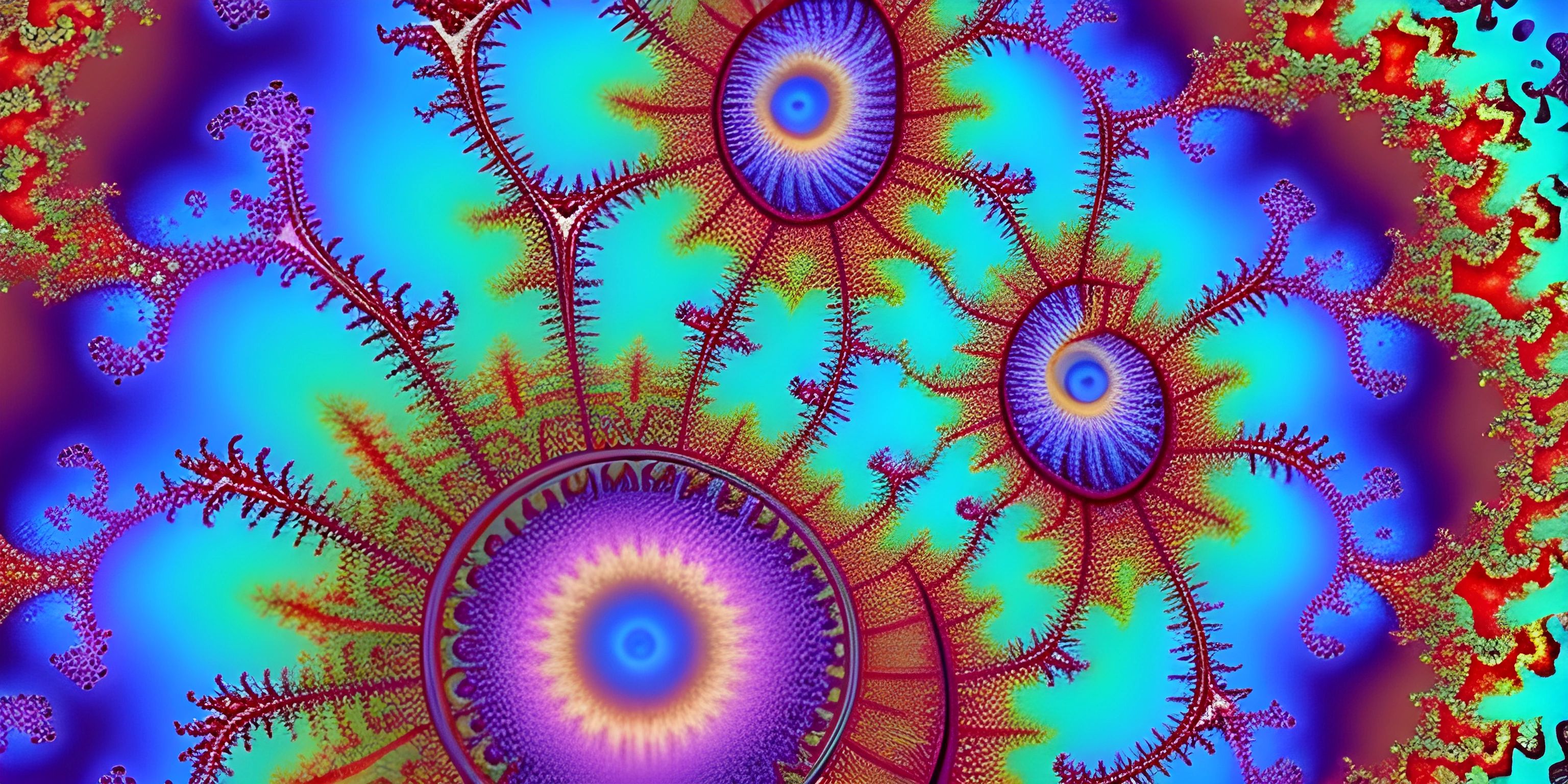The Julia Set and Its Relation to the Mandelbrot Set

Note: this page has been created with the use of AI. Please take caution, and note that the content of this page does not necessarily reflect the opinion of Cratecode.
The Julia Set is an intriguing and beautiful fractal pattern that has captivated mathematicians and computer programmers alike. Its unique and intricate design makes it an excellent subject for visualization and study. But, did you know that the Julia Set has a close relationship with another famous fractal—the Mandelbrot Set? Let's dive into the world of fractals and find out more about this fascinating connection.
What is the Julia Set?
The Julia Set is a collection of points in the complex number plane that exhibit a specific behavior when subjected to a particular mathematical transformation. More specifically, it is the set of complex numbers c for which the function f(z) = z^2 + c does not diverge when iteratively applied to a starting complex number z. In other words, we want to know which values of c produce a stable pattern when we repeatedly apply the function f(z) to a given complex number z.
To determine if a complex number c belongs to the Julia Set, we perform the following steps:
- Start with a complex number
z(usually, we usez = 0 + 0i). - Apply the function
f(z) = z^2 + ctoz. - Repeat step 2 for a fixed number of iterations, or until the magnitude of
zbecomes larger than a certain threshold (usually chosen as 2).
If the magnitude of z never exceeds the threshold, then c is considered to be part of the Julia Set. By plotting all such c values on the complex plane, we can visualize the beautiful fractal patterns that emerge.
The Mandelbrot Set Connection
The Mandelbrot Set is another well-known fractal that has a deep connection with the Julia Set. It is defined as the set of complex numbers c for which the function f(z) = z^2 + c does not diverge when iteratively applied to the starting complex number z = 0 + 0i. This definition may sound familiar—it's almost identical to the one for the Julia Set!
The critical difference between the two sets is the way we treat the complex number c. In the Julia Set, we test different c values against a fixed z. However, in the Mandelbrot Set, we fix the c value and iterate the function using the same complex number c as the starting point (z = 0 + 0i).
In a sense, the Mandelbrot Set can be thought of as a "catalog" of different Julia Sets. Each point in the Mandelbrot Set corresponds to a different Julia Set, and the shape of the Julia Set depends on the chosen c value from the Mandelbrot Set.
Visualizing the Julia Set
Visualizing the Julia Set requires iterating the function f(z) for each point on the complex plane and determining if the point belongs to the set. This can be done using programming languages like Python or Julia, along with graphical libraries to plot the results.
By changing the c value, we can generate different Julia Set patterns, which can be compared to the points in the Mandelbrot Set. This can give us deeper insight into the complex relationship between these two fascinating fractals.
In conclusion, the Julia Set is a mesmerizing fractal pattern with a strong connection to the Mandelbrot Set. By exploring these patterns, we can gain an appreciation for the beauty and intricacies of mathematics and dive deeper into the world of fractals. Happy exploring!
Hey there! Want to learn more? Cratecode is an online learning platform that lets you forge your own path. Click here to check out a lesson: Rust Mandelbrot Set (psst, it's free!).
FAQ
What is the Julia Set and its significance?
The Julia Set is a fractal pattern that emerges from iterating complex quadratic polynomials. It is named after the French mathematician Gaston Julia who studied the behavior of these polynomials in the early 20th century. The Julia Set is significant because it exhibits intricate and mesmerizing patterns that have applications in various fields, such as mathematics, computer graphics, and art.
How is the Julia Set related to the Mandelbrot Set?
The Mandelbrot Set is another famous fractal discovered by Benoît Mandelbrot. It is closely related to the Julia Set because it can be thought of as a map of all possible Julia Sets. The points in the Mandelbrot Set represent the complex quadratic polynomials that generate connected Julia Sets, while the points outside the Mandelbrot Set correspond to disconnected Julia Sets.
How can I generate the Julia Set using a programming language?
You can generate the Julia Set using a programming language like Python. Here's an example of how to do it using the PIL (Python Imaging Library) package:
from PIL import Image
import numpy as np
width, height = 800, 800
image = Image.new("RGB", (width, height))
pixels = image.load()
c = complex(-0.8, 0.156)
max_iter = 100
for x in range(width):
for y in range(height):
zx, zy = x * (3.5 / width) - 2, y * (3.5 / height) - 1.75
z = complex(zx, zy)
for i in range(max_iter):
if abs(z) > 2.0:
break
z = z * z + c
color = (i % 8 * 32, i % 16 * 16, i % 32 * 8)
pixels[x, y] = color
image.show()This code will generate an image of the Julia Set using a predefined complex constant c and the specified dimensions.
Can the Julia Set be represented in three dimensions?
Yes, the Julia Set can be represented in three dimensions using a technique called "Julia Quaternions" or "Hypercomplex Julia Sets." This method involves extending the traditional two-dimensional Julia Set to four-dimensional space using quaternions (a type of hypercomplex number). The result is a 3D representation of the Julia Set that showcases its intricate patterns in three-dimensional space.
What are the applications of the Julia Set in real life?
The Julia Set has various applications in real life, primarily in the fields of mathematics, computer graphics, and art. The intricate patterns formed by the Julia Set have inspired artists to create stunning visuals, while mathematicians study the properties and behavior of these fractals to better understand complex number theory. In computer graphics, the Julia Set is often used for creating procedural textures and special effects.





